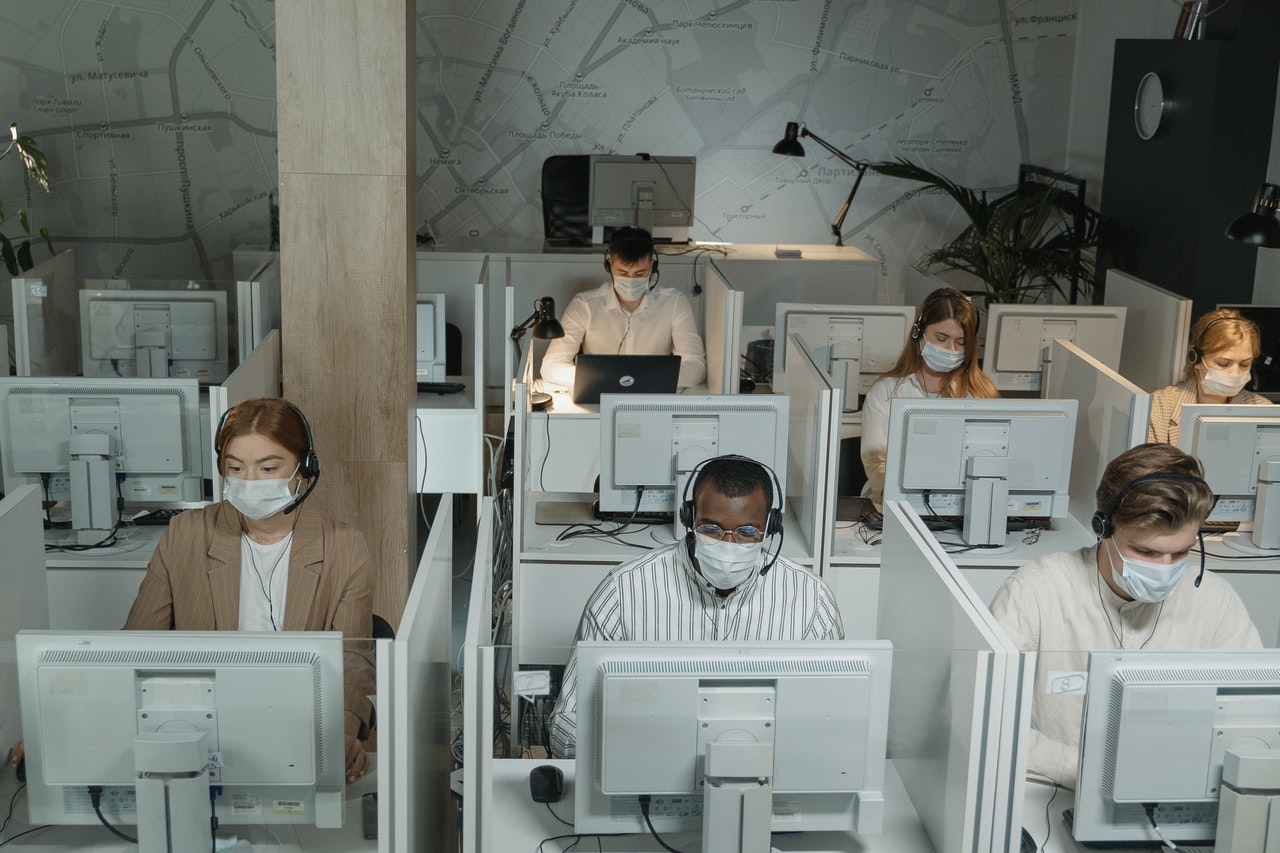It is rare to know of an industry unaffected by the Internet of things (IoT). Connected devices are so commonplace these days that virtually everyone you know has somehow used IoT even if they don’t know it yet. IoT enables the sharing of data and information. It allows brands and companies to develop better products and services based on data collected from past and present users. Can you imagine what kind of data your hairbrush can discover about your hair and personal hygiene?
Shocked? It is true. So ingrained is IoT in your life that even the hairbrush you use could be sending data to your smartphone and then to the manufacturer of the said hairbrush. You have seen samples of this hairbrush on Instagram and other social media apps. Influencers have been using a lot of smart beauty and personal hygiene products—from your facial scrub device to your toothbrush. Everything is connected.
Does it make you wonder why marketing aesthetic brands is big in the beauty industry these days? It’s because IoT made it possible for everyone to access information about what consumers want. As a result of this no-brainer collection of data, independent and local beauty companies are coming up with products to rival some big brands
Personalization of Services
Do you own a skincare device? The most popular seems to be a facial scrub or brush that can connect to your smartphone. Complete with an integrated app, these smart devices can personalize the level of vibration in the device to provide the most seamless and optimal experience for the users. But this is not the only smart device out there for the beauty industry.
There’s also the ability for a machine to know the customer’s exact skin tone. Do you know that over 50% of women do not use the right shade of foundation for their face? Women with darker skin tones have, in fact, been using colors that do not suit them. Since it is impractical for companies to manufacture millions of different shades foundation to cater to their diversified customer base, they turned to technology for help.
That’s how beauty tech was born. With the use of artificial intelligence, augmented reality, and IoT, beauty companies can come up with a way to know what skin type and skin tone a customer has. All they need to do is to develop a device that will collect data and use that data to come up with a personalized foundation for your skin tone.
Improvement on Customer Service
Consumers of beauty products always had to research before they buy a certain cosmetic product. They don’t just look for reviews about the product’s effectiveness, but they also have to determine if the products are right for their skin type, skin tone, and facial features. There’s a 50% chance that they’ll get it wrong, and, most of the time, they’re off a shade or two.
IoT has done the unimaginable, of course. Thanks to connected devices that allow data collection (facial features), try-on apps became a thing. Basically, these apps will allow customers to see how they would look with the particular shade of makeup on. These apps use augmented reality, facial recognition, and face-tracking technology to give an almost real-life feel and look.

Monitor Own Beauty Regimen
Smart devices such as hairbrushes, toothbrushes, and facial brushes all want one thing—for the customers to learn more about their bodies’ needs and wants. The smart hairbrush, for example, can alert the users if they are brushing too hard. It will also collect data about the texture and moisture of your hair.
It’s the same with the smart toothbrush. It can alert the users when they are brushing too hard since that will affect the gums and the enamel of the teeth. The toothbrush can also collect specific data that will help interpret and diagnose oral health problems such as gum diseases and tooth decay. Though the data collected by the toothbrush isn’t complete and conclusive, it’s enough to tell you what you should and shouldn’t be doing.
It is safe to say that the beauty industry is embracing IoT with open arms. And why shouldn’t it? Thanks to IoT, it is now possible to develop new products without needing to go through the expensive process of surveying what customers want. From the comforts of their offices, beauty manufacturers can get real-time updates on what problems their customers face. They can then work on solving those problems immediately.